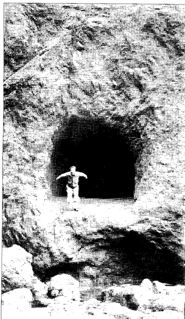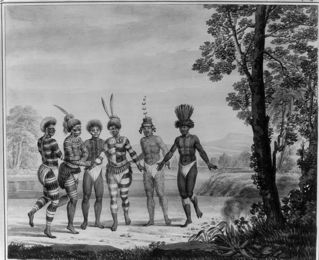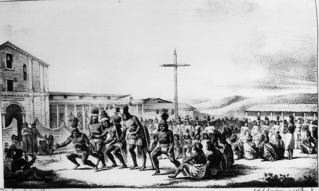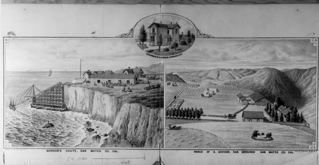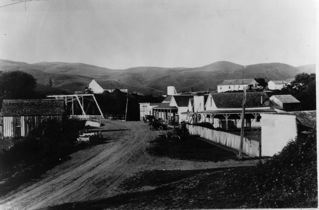The commute over Devil’s Slide was uneventful but I still sighed with relief as I pulled into the garage and shut down the engine. The fog was rolling in, Pumpkin days were behind us, and it was good to be home.
But, it was not to be.
“We can just make the 4:20 showing of “The Queen” in Palo Alto if we leave right now,” June said breathlessly. There was no negotiating. She’s all business when she dons those Grand Prix driving gloves.
“Look, isn’t this the movie about Queen Elizabeth I, who reigned in the 16th century?” I whined. “Wasn’t she beheaded, or locked up in the tower? In any case, do we really want to see a period piece movie, where they all talk funny?”
June rolled her eyes once or twice, and I noted that we were already on Highway 280 heading south.
“The Queen,” she sniffed, “is about Queen Elizabeth II, the present monarch, stars the great actor Helen Mirren, and is directed by Stephen Frears, whose 1985 film, “My Beautiful Launderette”, is a cult classic.”
My spirits improved as we exited at Page Mill Road. I was now minutes away from a large- sized popcorn with the hope that they used real butter and, more importantly, I reflected that Helen Mirren is one of the finest actors of our time. She was dazzling as Jane Tennison in PBS’s “Prime Suspect” series, and remarkable as the brilliant but difficult Russian émigré in “The Passion of Ayn Rand”. Helen Mirren does not disappoint as The Queen. She is at the top of her game.
The story line of the film covers those shattering events in the UK during 1997. Tony Blair, amazingly portrayed by Michael Sheen, has become the first Labor Prime Minister in about 20 years. He is young – Blair was born in 1953, the year Elizabeth ascended the throne – and handsome. Although raised in privilege and properly educated, he is a socialist “new man.”
His first official meeting with the Queen sets the tone for the entire film. Elizabeth, reserved, formal, but armed with a rapier wit, duels with Blair. She advises that he is her 14th Prime Minister. He is amused by the monarch, but remains respectful throughout.
Blair’s wife, Cherie, does not share this respect. She is in sympathy with the 25% of the British population who believe the monarchy is an expensive anachronism and should be abolished.
To the tradition- bound Elizabeth, Blair might as well be a rock-star.
And then…the dark event that turns our story from a gentle tale of a collision of manners to a political crisis that could threaten the UK’s constitutional monarchy:
Princess Diana is tragically killed in a motor accident in Paris.
To Elizabeth, this event is the final act of the dismal drama that Diana created for the Royal family. The movie, “The Queen”, does not dwell on the “sordid” events that led to Diana’s divorce from Prince Charles. The audience is reminded, however, that Diana has been “excommunicated” from the royal family.
The only potential problem Elizabeth sees is the need to protect the young princes, Harry and William, from the evil media. In this she is supported by her consort Prince Philip – well portrayed by American actor James Cromwell. Her mother, “the Queen Mum”, is also quick to offer her full support.
The royal family never once considers that the young princes should be mourning the dead mother they dearly loved. Shut off the TV sets, hide the newspapers, this was the royal strategy. Prince Philip decides that fresh air is the best remedy and takes the boys hunting on the 40,000 acres that make up the Balmoral Castle grounds.
As the days pass the outpouring of grief for the dead princess rages like a forest fire. To the royal family this outpouring is incomprehensible.
The headlines begin to turn ugly; why is the flag at Buckingham not flying at half-mast? Why is Princess Diana not being afforded a royal funeral? When will Queen Elizabeth break her silence and acknowledge the tragedy of Diana’s death?
From this point, “The Queen” becomes an elegant nail-biter. On the one hand, we have the intractable Elizabeth and her royal entourage clinging to traditions and views forged through 1,000 years. On the other – the average Brits who revere a different stripe of royalty: Elton John, Madonna, Elizabeth Taylor, the Spice Girls, and even the likes of Tony Blair. To these subjects, Diana was the real princess.
“The Queen” relies heavily on archived tapes and films. It is a sticky matter to successfully weave old images into a screenplay. Director Frears does it artfully.
First, we see old BBC tapes of an ocean of flowers placed by grieving Brits around Buckingham and the other palaces. Then, seamlessly, Mirren’s Elizabeth walking amidst the bouquets. She reads some of the attached messages and is stunned by the anger directed against the Royal family. She is in agony, yet, never buckles, never loses the royal demeanor that defined her life.
There is a sadness as Mirren’s queen grudgingly accedes to the pressures put upon her. She is powerless, yet, never loses her grace.
Finally, Helen Mirren’s Elizabeth realizes what we knew all along. We live in a “Pop Culture” and even tradition is fading fast.
—————————
You can email Burt: [email protected]


